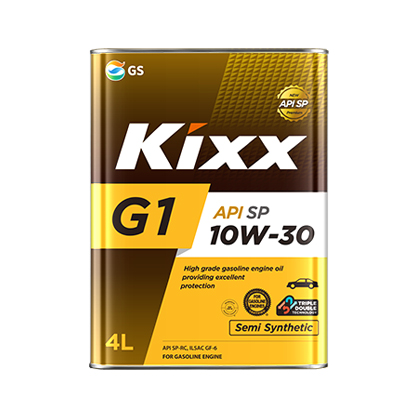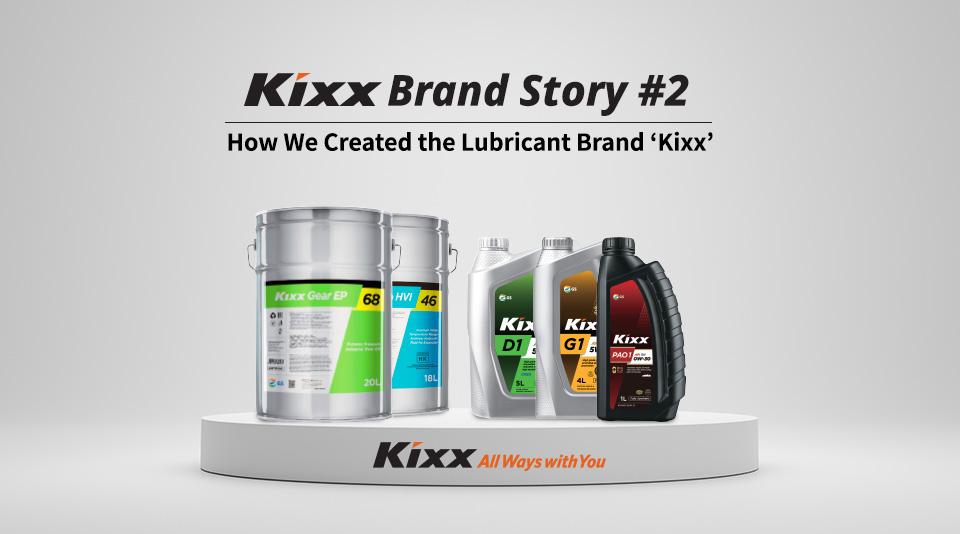
An Exploration of the History of Lubricants
Every moving device in the world produces friction and wear. When friction and wear occur, unnecessary energy loss occurs, and the life of the device is shortened. This is where lubricants come in. Lubricants reduce wear, and they do so in many different forms and types, from liquids and oils to semi-solids like grease.
Lubricants date back all the way to the first instances of manmade moving devices. It is said that prehistoric humans used mud and reeds to lubricate hunting sleds. When humans began to use wheeled carts, they used animal fat to lubricate the shafts of the carts. A more specific example can be found in ancient Egyptian murals, which suggest that lubricants were used to help transport the heavy stones needed to build pyramids. Homo Faber – the idea of mankind surviving and thriving through the use of tools – goes back beyond the start of recorded history, and lubricants were present even then.
Of course, humans throughout their history have constantly been coming up with new and improved moving devices. Alongside these devices, they have also developed new lubricants to prevent energy loss and extend lifespan. When humans began to make machinery out of metal, lubricants became especially important, and the need for tools to boost the efficiency and life management of mechanical machinery has only increased. As this machinery evolved, the development of the oil industry in the 19th century gave birth to the kinds of lubricant products we are familiar with today. In the past, lubricants were made from various raw materials, but with the emergence of petroleum-based lubricants via the oil industry, oil began to be used as the major raw material in lubricant production.

Modern lubricant products are connected by a surprisingly deep history.
Lubricants have, by necessity and through innovation, kept pace with the sophistication of the machinery they service. Manufacturing technology for automobiles, for example, has grown very intricate, and lubricants for the energy efficiency and life extension of automobiles have needed to meet their needs at every turn. Beyond automobiles, lubricants are used extensively in a wide variety of places most of us may not even be aware of. If there is a moving device in modern production, there is a high chance it uses lubricants to support its functions. The evolution of human civilization has often been big and bold but, throughout its history, lubricants have played an understated, invisible yet indispensable role.
Brands and How They Are Born from Marketing
Within a single day, each of us encounters countless brands. We experience brands everywhere – through the various products we use and through advertisements in various media. In this heavily saturated and competitive environment, why do companies invest huge amounts of money and effort into launching new ones? And what is the essential meaning and role of a brand?
In fact, not every product a company produces is branded. Some products are relatively branding-free. For example, petroleum products or chemical products that are the raw materials crucial in so many industries are not especially branded. In this context, only the specification of a product – or ‘Spec’ – is significant. These products are based on the assumption that supply and demand are the only things that dictate price fluctuations and that all products produced are likely to be sold. There is not much need for a brand, in this case, to inform consumers of a product’s existence or perks.
By contrast, brands are crucial for the promotion of other, more specific products. Brands come into play when the necessity of purchasing a product might not be self-evident and when things come down to customer choice. Because competitive products or substitutes are available in the market, consumers will not choose one over another unless they are compelled to differentiated and informative brands. Differentiating products and promoting them is at the core of the term ‘marketing’, and the evolution of a brand is the eventual result of consolidated marketing activities.

Prominent brand ambassadors – like Kixx’s Nguyen Quang Hai – can help humanize the advantages of lubricants and make them more memorable.
When a customer chooses a product like this, branding is the first consideration. Branding, therefore, is crucial for companies that want their products to stand out and be favored. In order to increase brand value, marketing activities like advertising and promotion must be carried out and companies are faced with the challenge of achieving maximum effectiveness with limited resources. The end goal of marketing, however, is always the same: making the product the customer’s number one choice. Many of us are familiar with this dynamic across a variety of industries, but how specifically does it play out in the lubricant market?
The Role of Branding in the Lubricant Business
As discussed earlier, lubricants and the history of manmade machinery go back a long way. Modern oil-based lubricant products alone have a discernible history of about 200 years. During this period, as the oil industry – which produces various products from crude oil – developed, the production of lubricants was systematized to be applied to all kinds of mechanical devices. Key products produced by refiners are fuel oil – like gasoline, diesel and kerosene – but almost every refiner also produces and sells lubricants. In other words, the two products that best characterize oil refiners everywhere are fuel oils and lubricants.
When comparing the two, however, there is one key difference. Fuel oils like gasoline and diesel are general-purpose products. Sold in bulk and without packaging, price is much more important than brand identity. Lubricants, by contrast, are sold in packaged containers and need to make a case for themselves against rival products, making branding more pivotal.
Another characteristic of lubricants is that they are used over a long period of time and, by being so out of sight, it is difficult to immediately determine if there is a problem with a lubricant or if it is functioning properly. Lubricant buyers, therefore, rely much more on dependable product brands. The trustworthiness of a lubricant brand is arguably the most important factor in its sales.

A lubricant brand’s reliable reputation can be a crucial factor in consumer product choice.
There are many competing lubricant brands in the world. For example, in Russia, where competition for engine oil sales is fierce, there are more than 100 engine oil brands. However, despite all this variety, the lubricant industry – with its long history – rarely sees sudden or rapid changes in technology. If the specifications are the same, there is no significant difference in product performance, even if the brand is different. Nevertheless, the price lubricant products are sold in the market can vary considerably depending on brand. Clearly, this speaks to the significance of brand value.
Ultimately, when a consumer decides to buy lubricants, brand and price are the key twin factors and, just like in any industry, purchasing from a famous brand is hard to justify if the price is markedly higher than other available products. However, if the price difference is acceptable and the specifications are right, consumers are likely to choose products with higher brand value: Despite the subtleties of the industry, the importance of lubricant branding can never be ignored. Therefore, it is vital that lubricant brands increase presence and value through a variety of marketing efforts, like advertising and promotion. If industry prices remain fairly consistent, brand awareness and preference can make all the difference in gaining the upper hand against market competition.
[About the Author]
As a marketer with 22 years of experience, Changbeom Lee has worked in advertising at an advertising agency and in online service planning/marketing for internet portal sites. He has also worked for GS Caltex as a global marketer of its lubricant brand, Kixx, for the past five years and continues to strive to maintain and grow Kixx’s place in the global industry.
Recommended Products
Recommended Products


News | Stories | Tips & Info | About Us | Product Finder
GS Caltex Address:
GS Tower 508, Nonhyeon-ro, Gangnam-gu, Seoul, Republic of Korea
Copyright © 2024 GS Caltex Corporation. All rights Reserved





